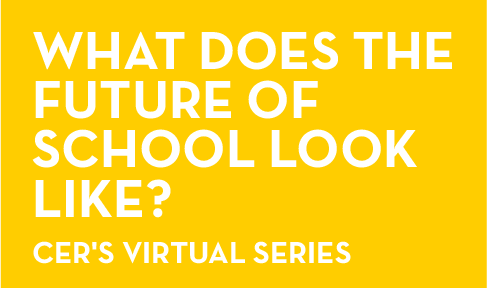Fact-Checking Charter School Philanthropy
Myths and misinformation still permeate the discourse about charter schools, especially when it comes to funding, with charter school critics erroneously accusing the charter sector of being controlled by the purse strings of “evil private interests.”
The D.C. Fiscal Policy Institute (DCFPI) investigated the finances of public charter schools in the District of Columbia, and set the record straight in an August 2015 report that analyzed the annual D.C. Public Charter School Board’s Financial Audit Review (FAR). Chief among the findings was that 82 percent of funds allocated to public charter schools come from the local D.C. government, 10 percent of the revenue comes directly from the federal government, and only six percent of their funds comes from private philanthropy.
In its look into charter school finances, DCFPI further found that the majority of D.C. charter schools received less than $500 per student ($377 per student was median amount) from philanthropic sources.
Yet, little more information can be derived from the report due to the structure of the FAR. DCFPI contended that the D.C. Public Charter School Board’s yearly fiscal reporting on philanthropic revenue “is broad, thus requiring stakeholders to contact each individual local education agency for more detailed information.” This means it is difficult to know the exact breakdown of philanthropic funding of charter schools in D.C. The report recommends including an itemized summary of these funds, like the share of private foundation grants, parent fees or PTA fundraising, in the FAR each year.
What we do know is that certain charter schools receive much more than $500 per student and some receive much less. Of the 60 charters analyzed, 38 of them received less than $500 per pupil. Charter schools run by well-known organizations or that have been in D.C. for a longer period of time, such as KIPP DC receive a much larger piece of the philanthropic pie, accounting for close to $17 million in revenue and about $4,600 per pupil. These larger charter networks also have senior staff devoted to fundraising, where the smaller start-up charter schools are doing the best with what they have to educate their kids due in large part to the overall charter funding inequity in D.C.
Until there is more transparency, there will be no way of knowing just how much of the six percent of philanthropic support comes from private foundations for each charter school. However, it is worth noting that a large share of that portion of philanthropic support, particularly for the local, mom-and-pop charters, comes from the surrounding community – the parents. Bake sales, school sporting events, and PTA fundraising could represent a large piece of the pie, meaning “philanthropy” is not just defined by large special interest groups.
Other key findings in this report include data on charter school expenses. Not surprisingly, 61 percent of spending is on personnel expenses, with the next highest percentages of expenditures being occupancy expenses like utilities and maintenance at 17 percent, and direct student expenses at 11 percent. The charter schools that spend the most money in D.C. do so because they serve large populations of English Language Learners and students with special needs.















